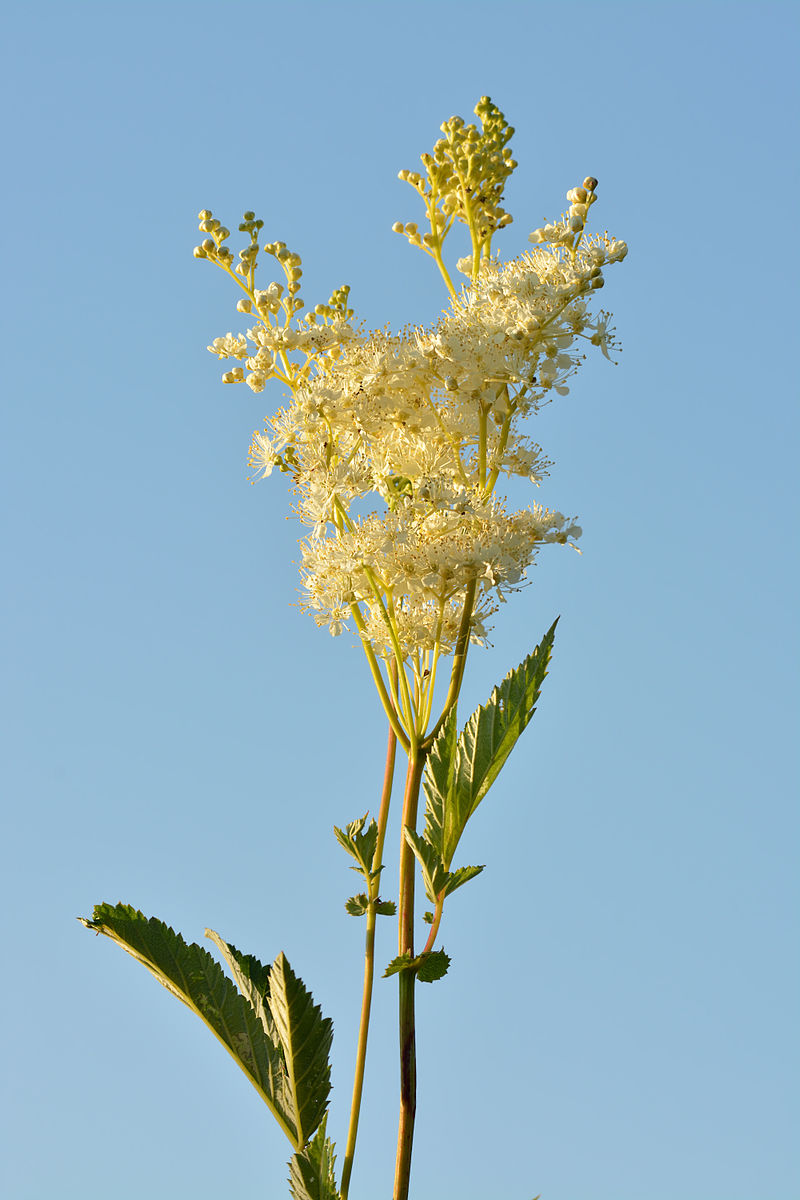Lewis and Clark claimed to have used infusions of willow bark as an antipyretic among the participants of their famous expedition of 1803-1806. Already at the beginning of the 19th century, pharmacists tried and prescribed various substances that resemble salicylic acid, the active component of willow bark extract. In 1853, chemist Charles Frédéric Gerhardt first prepared acetylsalicylic acid by mixing acetylsalicylic acid with sodium salicylate; In the second half of the 19th century, other chemists established the chemical structure of the compound and developed a more effective and efficient method of synthesis. In 1897, scientists from the pharmaceutical and chemical company Bayer began research on acetylsalicylic acid as a less irritating substitute for common salicylate-containing drugs. In 1899, the drug was named Aspirin and Bayer sold it worldwide. The word aspirin was a brand name created by Bayer, not the generic name of the drug itself, but Bayer's trademark rights have been sold or lost in many countries. The rise of aspirin in the first half of the 20th century was due to its effectiveness during the Spanish flu pandemic of 1918-1919. The profitability of aspirin production has led to fierce competition and proliferation of similar products and brands. Some of the deaths recorded during the 1918 pandemic were probably related to aspirin poisoning.













